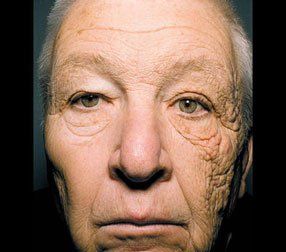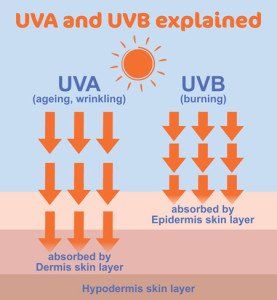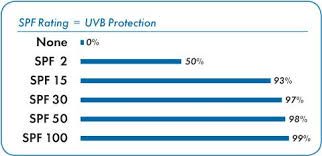Top 5 Facts To Decode and Debunk SPF Hype
- By J.Maxine MacGwyre, LMA, Nutrition Specialist
- •
- 16 Apr, 2019
- •

Q: How can I protect my skin from the aging effects of the sun?
A: Daily use of mineral based SPF! Did you know that sun exposure during day-to-day activities is a major source of sun damage? Walking to the car, getting the mail, and driving to work add up over the years. Click here to see more details.

Q: What is the difference between Chemical and Mineral Sunscreen?
A:
Chemical Sunscreens convert the UV light into heat on your skin and contain ingredients that can disrupt your hormone balance while Mineral Sunscreens create a physical barrier on the skin and do not create any health risks. Mineral Sunscreens are recommended by Dermatologists and Aestheticians. Click here to find out why.
Q: How Does UVA & UVB effect me?

A: UVA (A for Aging) causes pre-mature aging, wrinkles, elastosis (sagging), pigmentation, and melanoma. UVA is the technology used in tanning salons. UVB (B for burn) causes sunburn and squamous and basal cell skin cancers.Broad Spectrum sunscreens protect your skin from both types of rays. Zinc based sunscreens are most protective against UVA.
Q: What does the SPF Rating really mean?
A: It measures how much longer a sunscreen will prevent visible inflammation vs not wearing any sunscreen at all. Just for the purpose of an example, if you typically burn in 15 minutes with no protection, SPF 2 allows twice as much sun exposure (30 minutes) before burning. The gold standard for sunscreen is Broad Spectrum SPF 30 and the FDA has capped SPF at 50.

Q: What’s the deal with Water-Proof Sunscreen?
A: The FDA prohibits claims of being Water-Proof. Water-Resistant products must third party test to show they remain on skin for 40-80 minutes in water.
Who’s got your back? SkinRevision…that’s who!




